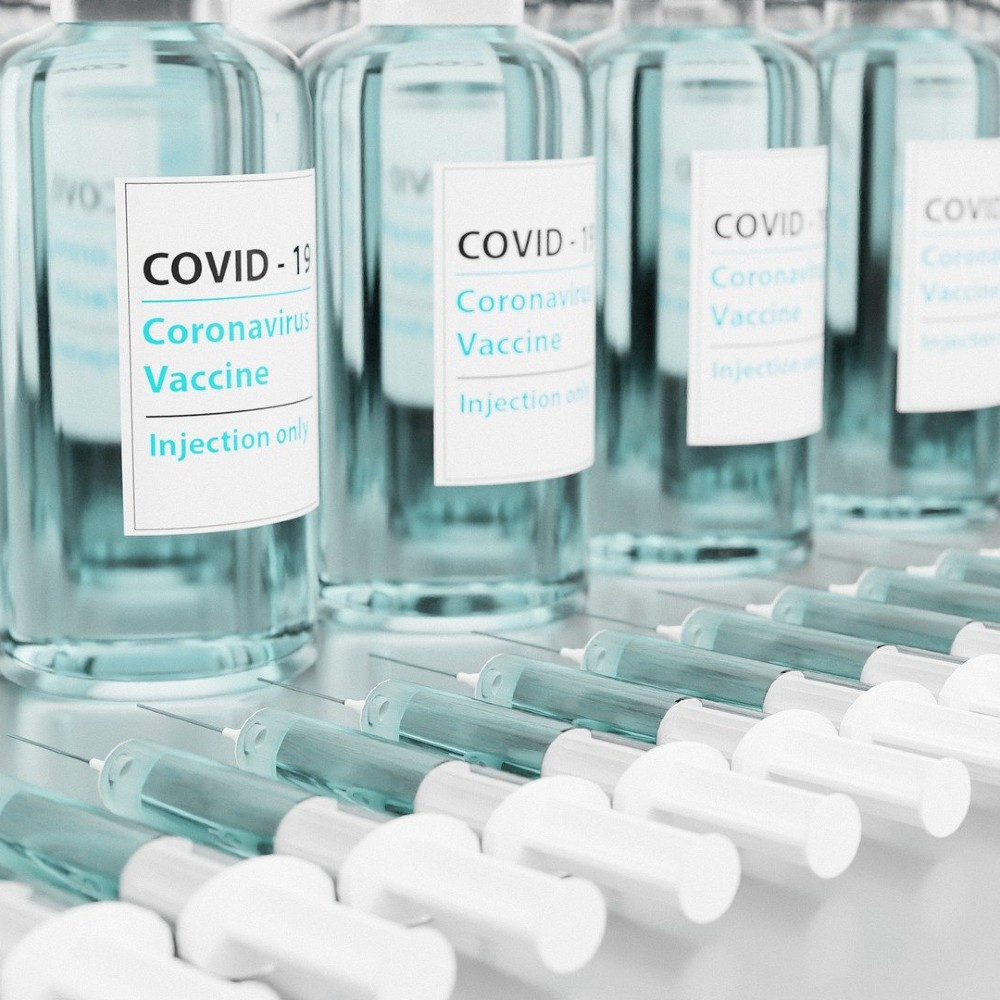Published:
Since the coronavirus pandemic began last year, billions of dollars have been poured into the development of vaccines to protect people against the coronavirus. There are currently 12 developers working on—or that have produced—a coronavirus vaccine, including developers in China, India, Russia, the United Kingdom, Sweden, and Germany. Out of these 12 developers, 10 of these vaccines have been approved for use in one country or more. Because of the amazing and swift work of these developers, over one hundred million doses have been given worldwide, but the distribution of these vaccines is stirring discontent and requests for better vaccine distribution between all countries. Only 42 countries have begun administering the first doses of coronavirus vaccines, while there are over 130 countries that have not vaccinated a single person. Out of those 42 countries, 10 countries have been able to obtain and administered 75% of all of the coronavirus vaccines produced. This blog will dive into the current statistics on country vaccinations, why this problem persists, and which countries all of these vaccines are going to.
As of February 22nd, Israel led the world in the number of people per 100 that had been vaccinated at 87.06 out of 100 people. The UAE was second at 56.19 people per 100 that had been vaccinated. This means that 87% of Israel’s population and 56% of the UAE’s population has gotten vaccinated with at least one dose. Though they have much smaller populations than that of the United States, it is worth considering how they were able to obtain and vaccinate such a large portion of their populations while some countries have not even begun vaccinating. By comparison, the U.S. only has 19.39 out of 100, or only 19% of its population vaccinated, and the world number is even lower at just 2.72 out of 100 people, or 2.72% of the world population, that have been vaccinated. It is also to be noted that Mexico, which currently has the highest fatality rate (the rate between confirmed deaths and confirmed cases) at 8.8% only has 1.34 out of 100 people vaccinated, or 1.34% of their population.
So why is there is an unequal distribution of coronavirus vaccines and why are countries like Mexico not able to get enough vaccines to vaccinate their people? The first reason is there is a high demand and low supply of available vaccines which is creating competition between countries to get a sufficient supply of doses to vaccinate their people. This has led countries like the U.S., the UK, Canada, and members of the EU to sign agreements with development companies producing the vaccines that they are guaranteed the first millions of doses. The second reason is that there is a lack of an overall global vaccination plan, especially with an emphasis on lower-income countries. The Secretary-General of the United Nations spoke on February 17th about the need for equity with vaccines for the world, stating that as long as the virus is able to spread, it will mutate and prolong the pandemic, putting more lives in danger. He also stated that in order to continue building trust, keeping international peace, and preventing violence, fair, equitable vaccine distribution is essential. There has been progress as COVAX, an organization created to purchase, distribute, and deliver vaccines to lower-income nations, is working on obtaining and distributing coronavirus vaccines. So far, they have been able to secure deals for over 2 billion doses, but it will take a lot more to vaccinate all of the people in low and middle-income countries. Overall, it will take quite a bit of time to get vaccines to everyone who wants one, but the key players that can speed up the process will be national governments pushing vaccination efforts for underserved communities both in their nation and around the world. As we all wait for vaccinations, it is important to continue with social distancing efforts and wearing masks so that we can protect as many as we can and work towards ending this pandemic sooner.
File under






